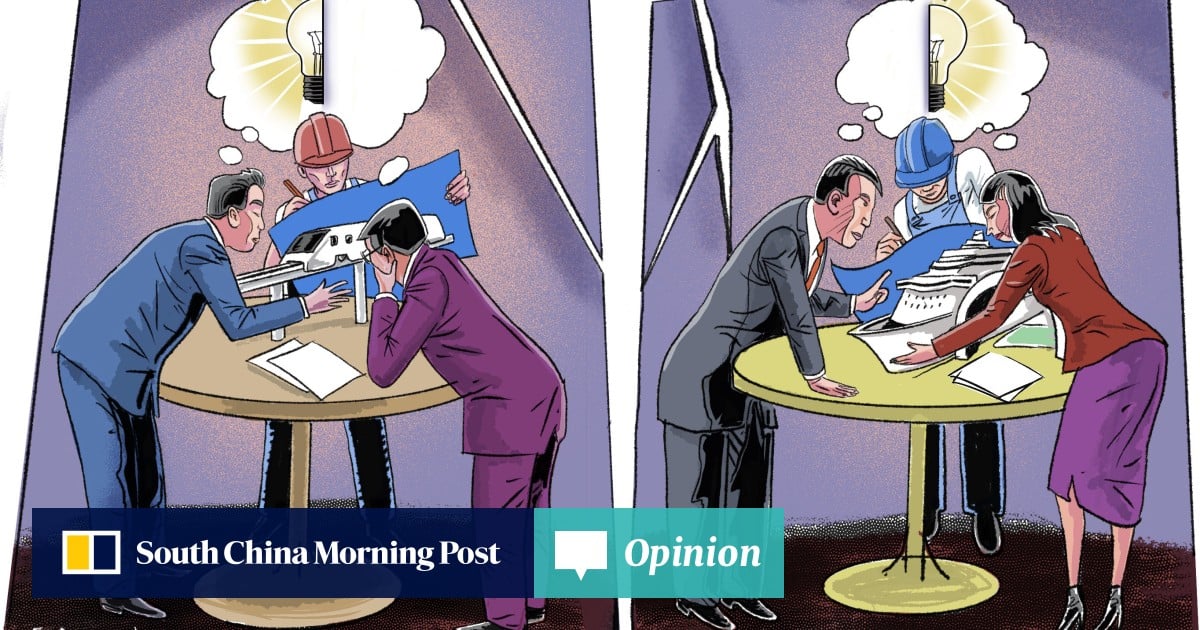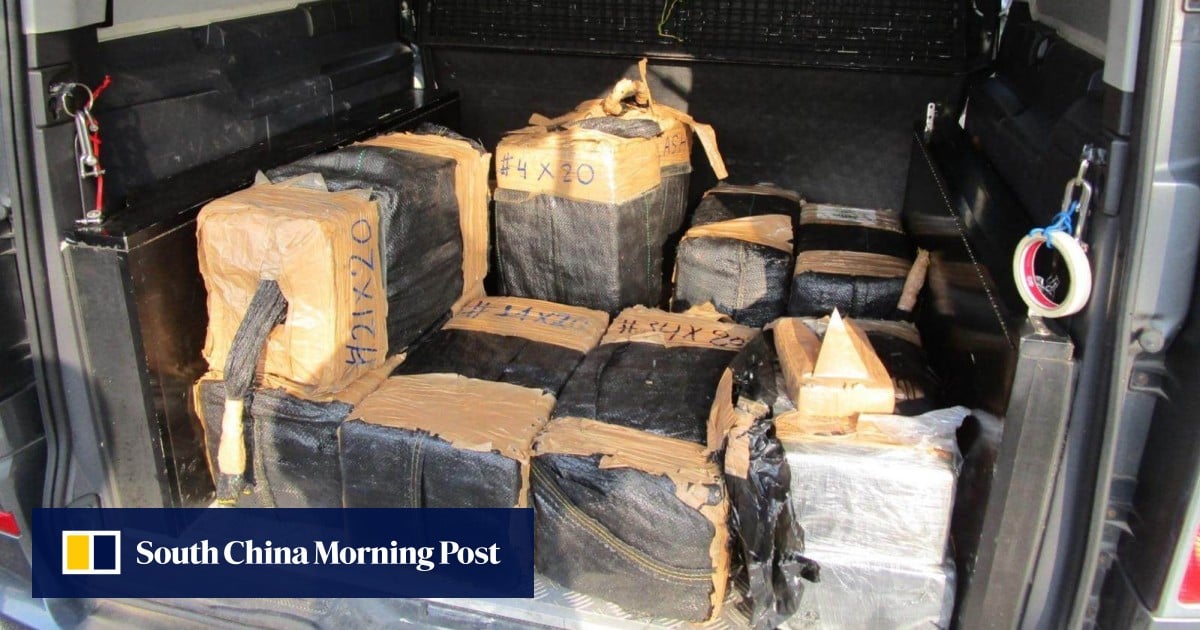Both initiatives are central to Hong Kong’s long-term strategies in transport connectivity, tourism development and urban innovation. Yet despite their geographic proximity and overlapping policy objectives, the government has apparently opted to treat them as entirely separate exercises. This siloed approach risks missed opportunities, inefficient resource allocation and diminished public value.
The mass transit system is envisioned as a 3.5-kilometre elevated system connecting Kai Tak’s cruise terminal and MTR station. Designed to serve residents, tourists and commercial tenants, it promises low-emission, rubber-tyred electric vehicles with a projected travel time of just 10 minutes.
While technically sound, the tender conditions raise concern. Based on discussions during a briefing organised by the Civil Engineering and Development Department on June 27, bidders must provide substantial upfront deposits or demand bonds, parent company guarantees and a reserve fund for capital replacement over a potentially 30-year franchise. These financial obligations are steep – even for large state-owned enterprises. The MTR Corporation may be the only entity capable of meeting them with ease.
To offset the financial burden, the government is offering four plots of land in Kai Tak for residential and commercial development, according to discussions at the June 27 briefing. However, two of the residential sites lack sea views and other premium features. More critically, the timeline for land handover remains uncertain – possibly as late as the early 2030s – making it difficult for bidders to forecast property sales revenue, a key component of the project’s financial viability.
The Kai Tak Cruise Terminal, opened in 2013, was intended to position Hong Kong as a regional cruise hub. With two berths for the world’s largest vessels and the city’s largest rooftop garden, the terminal was a bold statement of intent. But usage has declined sharply in recent years, in large part due to the Covid-19 pandemic and shifting travel patterns. The surrounding commercial areas remain underutilised, and the terminal has yet to fulfil its potential as a vibrant public space.


